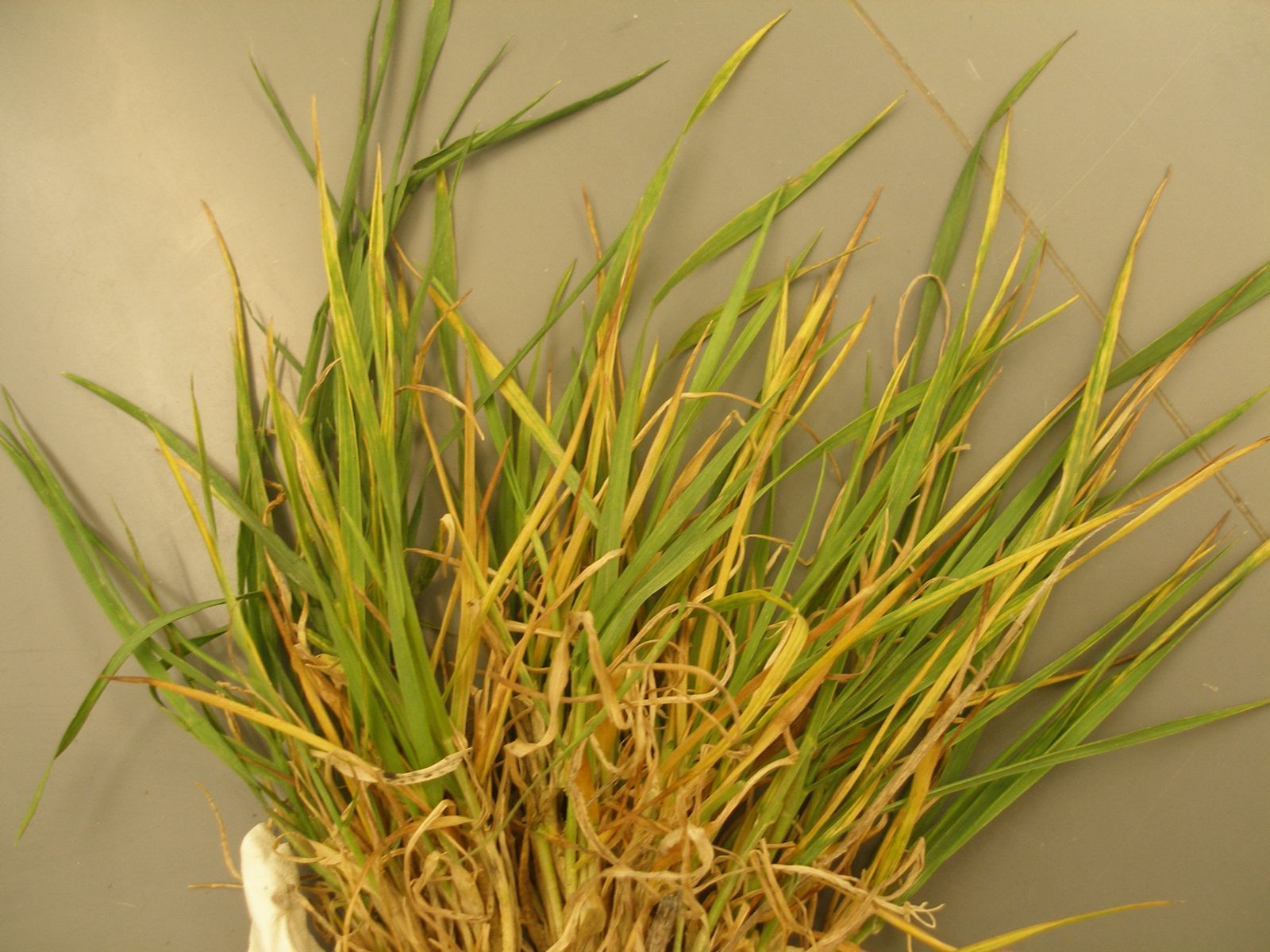IPM in Montana
State-by-State: IPM in Montana
Population: 1 million
Farm Operations: 27,500
Leading Agricultural Products
- Crops: Wheat, forage crops, barley, pulse crops
- Livestock: Cattle, hogs, sheep
IPM Adoption Mandates: None
Update
Montana has had a long history with invasive weeds, with noxious weed laws dating back to the 1890s. And it’s still in the battle – on land, and in the state’s waterways.
To get a handle on the terrestrial and aquatic invasive species threatening the state, Governor Steve Bullock signed an executive order in late 2014 forming the Montana Invasive Species Advisory Council. The group is made up of representatives from weed control districts, state and federal agencies, tribal representatives, industry and private landowners.
“The threat of invasive species to our land, water, native species and economy is real,” the governor said announcing the council.
The council had three goals – conduct an assessment of invasive species in Montana, vet that assessment at a public invasive species summit, and develop an implementation plan to move forward. It’s accomplished the first two of those goals, and is using Western IPM Center funding to help accomplish the third.
While the Council develops that full plan, it has also recommended initial priorities to the governor, including regulating out-of-state firewood (to keep invasive species from being introduced or spreading), funding an aquatic weed trust fund to battle aquatic invasive species, and planning for “perimeter defense” – inspections of out-of-state boats and vehicles coming into Montana.
Download the Invasive Species Assessment
Wheat Streak Mosaic Virus Outbreak

Confirmed by the Schutter Diagnostic Lab at Montana State University, the virus outbreak looked serious as the summer of 2016 began.
“We will basically have 100 percent loss in a lot of the winter wheat and possibly the spring wheat in a lot of those counties this year,” said MSU Extension Plant Pathologist Mary Burrows. “I’m recommending a lot of crop termination.”
To keep the disease from continuing into next year’s crops, Burrows is working with growers and county agriculture agents in the affected areas to till fields this year and then delay planting in the fall to keep infected mites from moving into the new crop.
Watch a video about the outbreak
Schutter Diagnostic Lab
In 2015, the diagnostic lab in Bozeman conducted 2,841 plant disease, insect and plant identification diagnoses, which provides an estimated economic benefit to Montana of some $2 million. The lab identified wheat streak in 89 samples and fusarium head blight in malt barley samples.